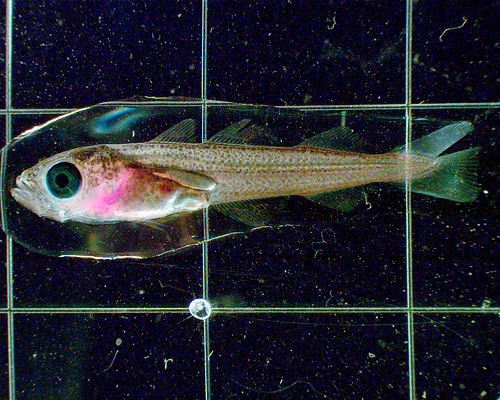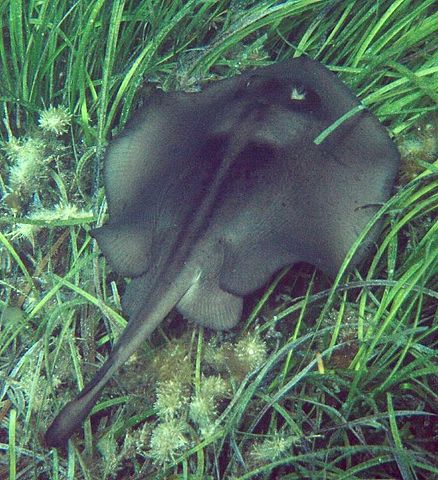Hello dear Mr. No Cod
 |
| Haddock |
your views about marine fisheries are acid, possibly even contributing the acidification of the sea. A joke. We have some questions for you. Ready for an interview, Sir?
Yes, but let it keep straight, Mrs. Haddock and baby-cod are waiting!
So what drives you into these moods, Sir?
Fishery policy of European states; man they should no better! After well-sounding but non-binding declarations the 'compromise position' of the EU Council of Ministers on their Common Fishery Policy states some a very disappointing provisions.
Isn't overfishing not coming to an end, Sir?
The date is 2020. Known overfishing, which could be stopped today, may continue until 2020 for all stocks for which no reference estimate available; that is for 154 of 190 fish stocks. The precautionary principle to protect these stocks is only weakly implemented; and non-action in the case of lacking knowledge is not acceptable. 81% of European fish stocks are overfished despite international and EU-law require to maintaining and restoring its fish stocks.
But by-catch will come to an end, Sir?
Landings of by-catch shall be treated differently for every stock. This likely is the birth of a new market for by-catch and baby fish.
I guess, Sir that neither multi-annual plans, nor subsidies nor interventions find grace under your eyes?
Well, the multi-annual plans remain non-binding, have to be confirmed every year again. That is weak. Subsidies shall remain not only for 'coastal fisheries'; how far off-shore these go? And buying unsellable catch from tax money at fixed minimum price shall apparently continue. All together not a package to my taste.
Your hope, Sir?
 |
| Baby Cod |
My hopes now lie with the European Parliament and with the public. Do they really want to allow legalize overfishing and discards to continue until 2020? Beyond that; other than merely developing policy tools, a genuine fishery policy requires a legal framework to ensure that violations of the precautionary principle can be addressed in front of the court. A recent decision of the European Court of Justice gives me some hope. Direct and individual concern in cases instituted by environmental organizations in a precautionary context maybe listened to, in future.
Dear Mr. No Cod, thank you very much for the interview.
Let's hope you survive.
And greetings to Mrs. Haddock and baby-cod.
We like “cod available”, Sir.
Martin.Mundusmaris@gmail.com
info@mundusmaris.org





